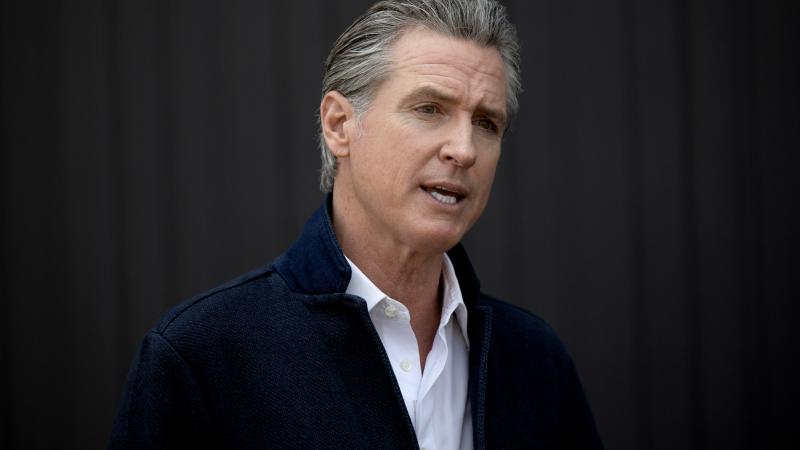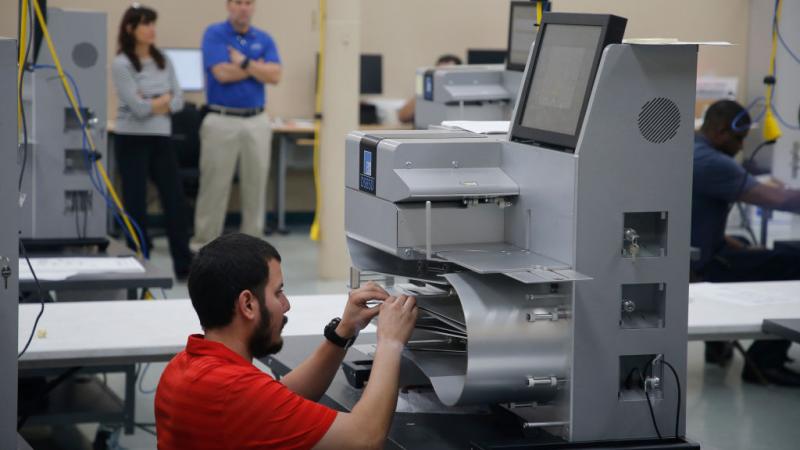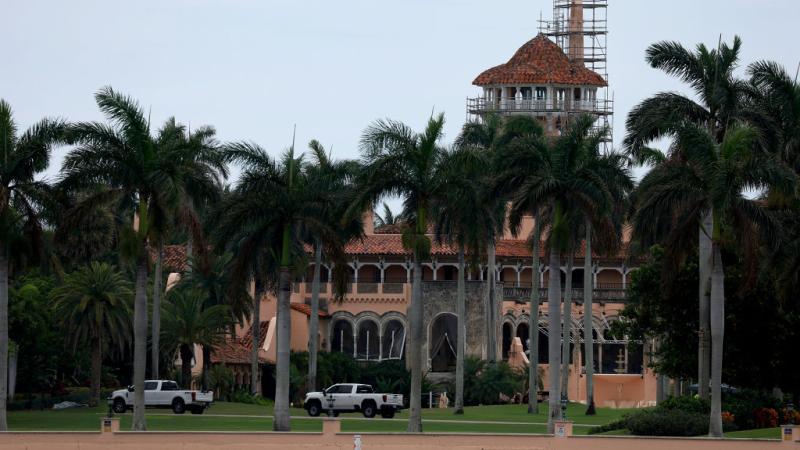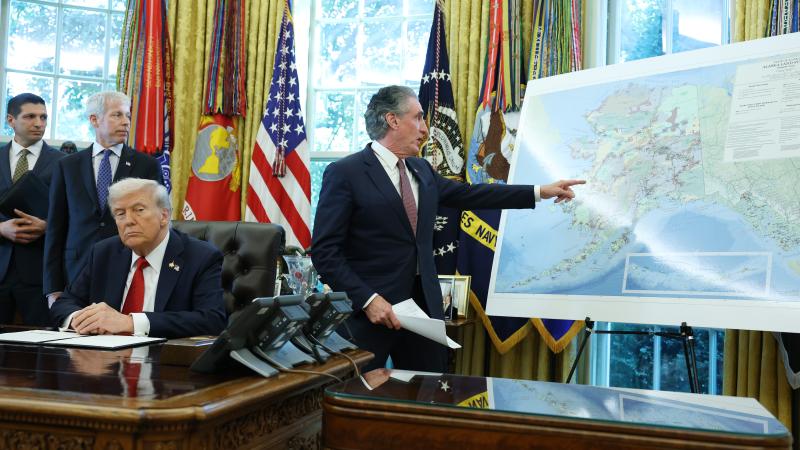PA must find a way to bridge the gap amid a projected 20% rise in energy demand over next 4 years
For Gov. Josh Shapiro, that means considering anything and everything to solve the problem including artificial intelligence and robots to monitor and defend existing generation facilities.
The supply and demand imbalance across the power grid spells trouble for the future.
The acceleration of fossil fuel plant retirements, coupled with long construction timelines for cleaner alternatives, means Pennsylvania needs to find a way to bridge the gap amid a projected 20% rise in energy demand over the next four years.
For Gov. Josh Shapiro, that means considering anything and everything to solve the problem – like leaving PJM, the regional transmission organization that manages the power grid for 65 million people east of the Mississippi.
The step would be unprecedented. PJM traces its history to 1927, when utility companies in Pennsylvania and New Jersey banded together in a first-of-its-kind power pool. Over the intervening 100 years, the organization grew its footprint across 13 states in the mid-Atlantic and Midwest, becoming the largest power grid operator in the country.
Pennsylvania is the “P” in PJM, at least for now, and its where 25% of the power necessary to run the grid is generated.
“It has proven, over the last number of years, too darn hard to get enough new generation projects off the ground because of how slow PJM’s queue is,” Shapiro said Thursday. “So we are exploring all options here in Pennsylvania, including removing ourselves from PJM, going it alone, and determining if that is a better course for both consumer pricing and power generation in our commonwealth.”
The governor’s comments come after he filed a complaint with federal regulators to compel PJM to adjust the math used in its power pricing auctions and speed up the approval of new energy projects.
Without the action, the cost to run the power grid would have climbed 800% as of June 1, meaning utility bills will skyrocket by roughly 30%, according to multiple estimates. Democratic governors in four other states in the power grid’s territory, as well as consumer protection organizations, backed the complaint. Last month, PJM agreed to submit a price cap adjustment that would lower the cost from $500 per megawatt day to $325.
The small victory for Shapiro is short-lived, however, unless the generation gap is solved. On Thursday, the governor joined Gecko Robotics and NAES, the nation’s largest independent power operator, to announce a new partnership that will use artificial intelligence and robots to monitor and defend existing generation facilities, while attracting younger workers to the field.
“We need more generation and the incredibly important work that's happening at Gecko, and as a result of this partnership … is really critical to deal with this time period that it takes to produce more energy to get more generation out there,” Shapiro said. “But it is not the only answer.”













